The company responsible for licensing the HDMI specification on Thursday introduced the "HDMI Alternate Mode" for USB-C, which should allow devices like Apple's 12-inch MacBook to connect displays without the help of an adapter.
Companies will have to manufacture specific USB-C-to-HDMI cables supporting the HDMI 1.4b standard, but these should support 4K resolutions on monitors, TVs, and projectors, said HDMI Licensing LLC. Previously 12-inch MacBooks have had to use an adapter to connect to any external display using HDMI.
When connecting to 4K screens, moreover, MacBooks have been limited to a 30-hertz refresh rate, half what most displays are capable of.
While 12-inch MacBooks aren't really powerful enough to push 4K content, the situation could change later this fall. Apple is expected to launch updated iMac, MacBook Pro, and/or MacBook Air models, all of which may support USB-C and be better equipped for 4K video. The company is also said to be building a new 5K display in cooperation with LG, though whether it will support USB-C, Thunderbolt 3, or both is unknown.
The previous 27-inch Thunderbolt Display was discontinued in June without a replacement. Even up to that point it was still priced at $999, despite being limited to 2560-by-1440 resolution and eclipsed by cheaper third-party monitors supporting 4K.
 Roger Fingas
Roger Fingas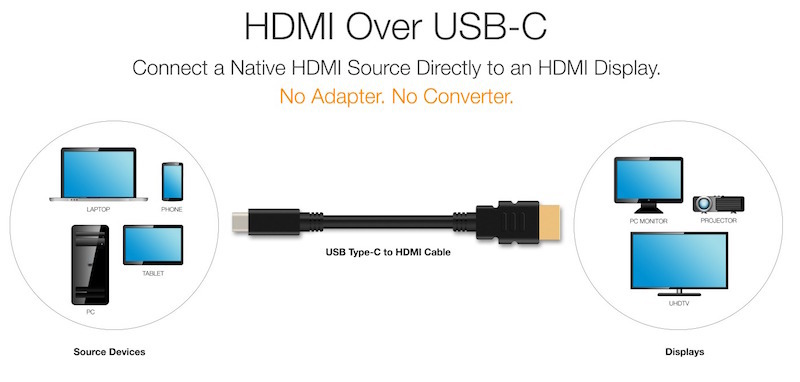







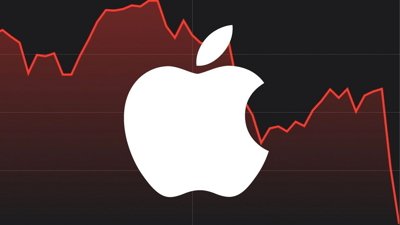
 Malcolm Owen
Malcolm Owen

 Amber Neely
Amber Neely
 William Gallagher
William Gallagher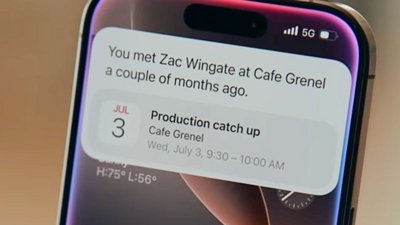
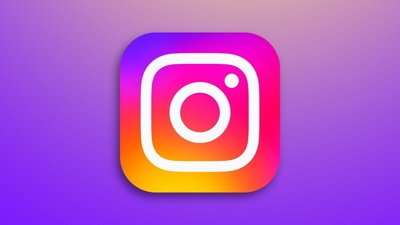
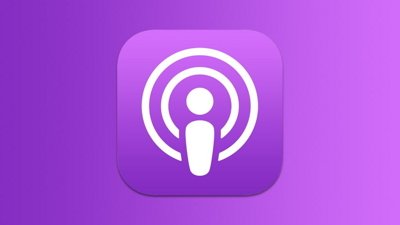

 Oliver Haslam
Oliver Haslam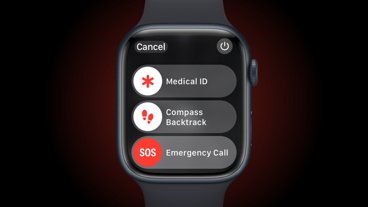


-m.jpg)






20 Comments
Um, this is USB-C connector to HDMI connector so, isn't this technically still an adapter since it adapts USB to HDMI? No adapter would mean HDMI -> HDMI cables. Not really any different than the other DP->HDMI adapter cables sold (except this uses USB).
It's still an adapter. Just like DVI and HDMI signalling are electrically identical, but the ports aren't. So you need something to convert the DVI connector to HDMI, commonly known as an adapter.
The interesting point here is USB-C's port being usable for 3 different standards, namely HDMI, USB and Thunderbolt.
Well, if you're going to get technical, then yeah, it's an adapter since it converts the electrical signaling to be compatible at the other end. The cabling does it internally. But, to the general public, an adapter is something they need to get to make sure one cable can plug into a port. That's my take on the marketing of this anyway. All you need is the cable, so, no adapter.